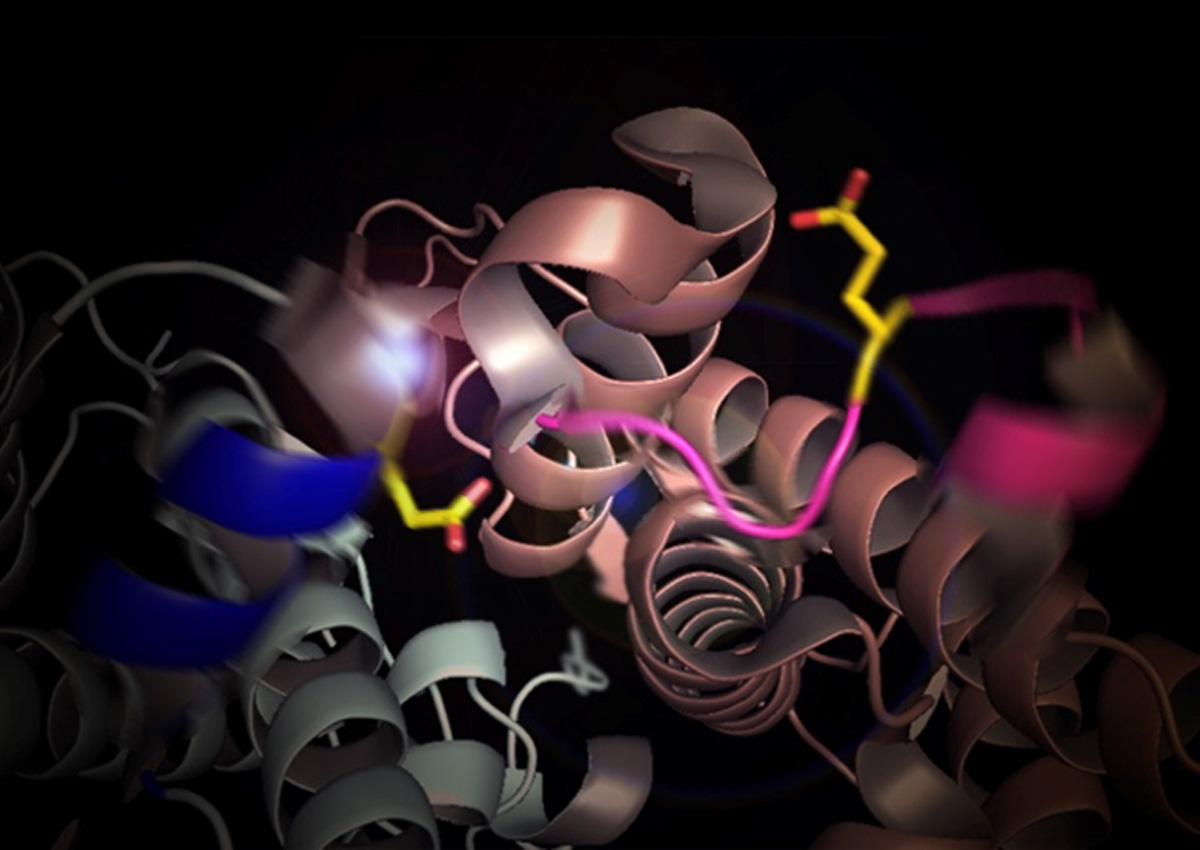
Researchers Discover Switching Protein Protects Plants from Too Much Sunlight
April 28, 2021| |
A switching protein plays a role in protecting plants from too much sunlight, but how it exactly happens was not fully understood. Now, researchers from the Leiden Institute of Chemistry and VU Amsterdam led by chemist Anjali Pandit have discovered how the switching effect of the PsbS protein works.
The team discovered that the PsbS protein changes its shape when there is a surplus of sunlight. Using advanced nuclear magnetic resonance (NMR) and infrared laser techniques, they managed to show where essential structural changes take place in the protein. The results of their work are published in Nature Communications.
Pandit says that it is important to learn more about the mechanisms behind photosynthesis. "By tinkering with photosynthesis, for example by fine-tuning this protection mechanism against damage, we can improve crops." Earlier research shows that tobacco plants with increased PsbS production yield 15 percent more biomass. The next step is to find out how PsbS transmits a warning signal in the plant and how this leads to the adjustment of the photosynthesis reaction.
For more details, read the article on the Leiden University website or the open-access paper in Nature Communications.
| |
You might also like:
- Study Reveals Plants Remember Drought
- Scientists Engineer Crops to Use 25% Less Water; Resist Drought
- New Heat Sensing Gene to Help Crops Battle Climate Change
Biotech Updates is a weekly newsletter of ISAAA, a not-for-profit organization. It is distributed for free to over 22,000 subscribers worldwide to inform them about the key developments in biosciences, especially in biotechnology. Your support will help us in our mission to feed the world with knowledge. You can help by donating as little as $10.
-
See more articles:
-
News from Around the World
- Experts Raise Alarm Over Stalled Global Adoption of Biotech for Food Security
- ISAAA in 2020: Accomplishment Report
- APEC Members Tackle Developments in Biotech Regulations
- Nigeria on Track to Submit National Biosecurity Policy for Approval
- USDA Announces Deregulation Extension of Potato Developed Using Genetic Engineering
- Biofortification of Crops Vital in Achieving Food Security
- Japanese Researchers Use Menthol-Like Compound to Stimulate Plant Immune Mechanisms
- Bt Eggplant Scientist Hailed As One of Asia's Top 100 Scientists
- Study Shows Grasses Take Genes from Other Species to Accelerate Evolution
- Researchers Discover Switching Protein Protects Plants from Too Much Sunlight
-
Research Highlights
- TaDof1 Improves Nitrogen and Carbon Assimilation Under Low-Nitrogen Conditions in Wheat
-
Plant
- Scientists Urge EU to Allow New Breeding Technologies and Modern Biotech in Organic Farming to Achieve SDGs
-
Read the latest: - Biotech Updates (November 12, 2025)
- Gene Editing Supplement (October 29, 2025)
- Gene Drive Supplement (February 22, 2023)
-
Subscribe to BU: - Share
- Tweet

